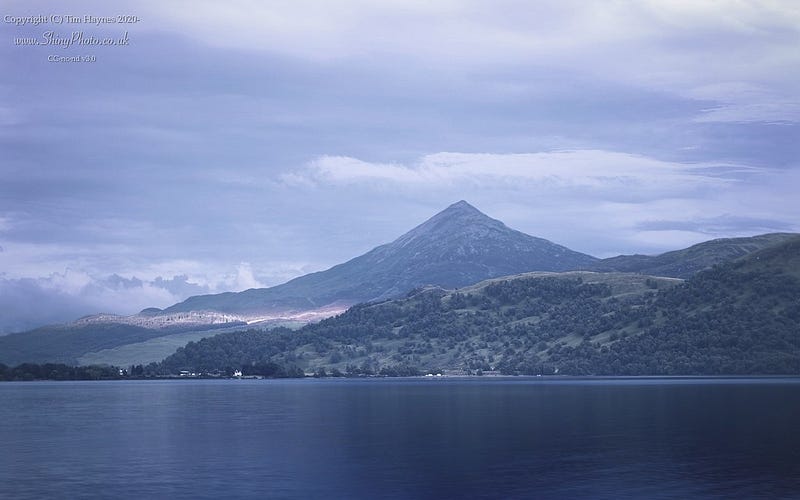# Weighing Planet Earth: The Mountain Experiment of 1774
Written on
Chapter 1: Introduction to a Groundbreaking Experiment
How can we determine the mass of our planet? Surprisingly, the answer lies in the presence of a suitably sized mountain! This idea was first suggested by Isaac Newton in 1687, who noted that a plumb bob would always hang straight down toward the Earth's center—unless a mountain was nearby, in which case it would tilt slightly due to the mountain's gravitational pull.
In 1772, British Astronomer Royal Nevile Maskelyne proposed that if one could measure how far the plumb bob deviated from vertical and estimate the mountain's mass, it would be possible to calculate Earth's mass. The Royal Society took up this challenge and dispatched surveyor Charles Mason to find an appropriate mountain in Scotland.
Section 1.1: Finding Schiehallion
Mason spent an entire summer exploring on horseback and ultimately recommended Schiehallion, located 45 miles north of Perth. This mountain, standing at 3,543 feet, is long and narrow, oriented approximately east to west. Its isolation from neighboring peaks made it an ideal candidate for the experiment, ensuring that any deviation in the plumb bob's position would be attributed solely to Schiehallion's mass.
Subsection 1.1.1: Maskelyne’s Approval

Nevile Maskelyne initially didn’t plan to conduct the experiment himself, as he needed royal approval from King George III to leave his duties at the Greenwich Royal Observatory. To Maskelyne's delight, the king found the idea compelling and granted him the necessary time off.
Section 1.2: The Journey to Schiehallion
Arriving at Schiehallion with a team of surveyors, Maskelyne brought along a precision pendulum clock and a large telescope from the Royal Society. The goal was to determine his location by observing stars and using a plumb bob to measure vertical deviation. However, adverse Scottish weather delayed the start of the project by two months, and it took another month to pinpoint their exact location.
Once established, Maskelyne had to relocate the entire operation from the southern to the northern side of the mountain and repeat the process. Meanwhile, his surveying team circled the mountain, making precise calculations of the distances between their two locations, utilizing chains, barometers, and theodolites to document thousands of angles and altitudes.
Chapter 2: Analyzing the Data
With two sets of measurements—the star observations and the adjusted plumb bob readings—Maskelyne was able to calculate the mountain's density. To his surprise, the density was significantly less than that of Earth, leading him to conclude that the planet likely possesses a metallic core rather than being hollow, as some had speculated.
Section 2.1: Calculating Volume
To determine the mountain's volume, Maskelyne enlisted the help of a mathematician friend. By connecting points of equal height, they effectively created the concept of contour lines, which are now fundamental in cartography.
Armed with both the density and volume of Schiehallion, Maskelyne and his collaborator calculated the mountain's mass and, consequently, estimated Earth's mass to be about five trillion tons. This laborious method was eventually surpassed by other techniques, and just 24 years later, in 1798, Henry Cavendish conducted a laboratory experiment that provided a more accurate mass of six trillion tons.
Section 2.2: The Irony of Measurement
The ultimate irony of Maskelyne's endeavor on Schiehallion is that Isaac Newton had already made a more accurate estimate of Earth's mass a century earlier, which turned out to be closer to Cavendish's figure than Maskelyne's calculation.
For additional fascinating insights, check out my collection on Science!